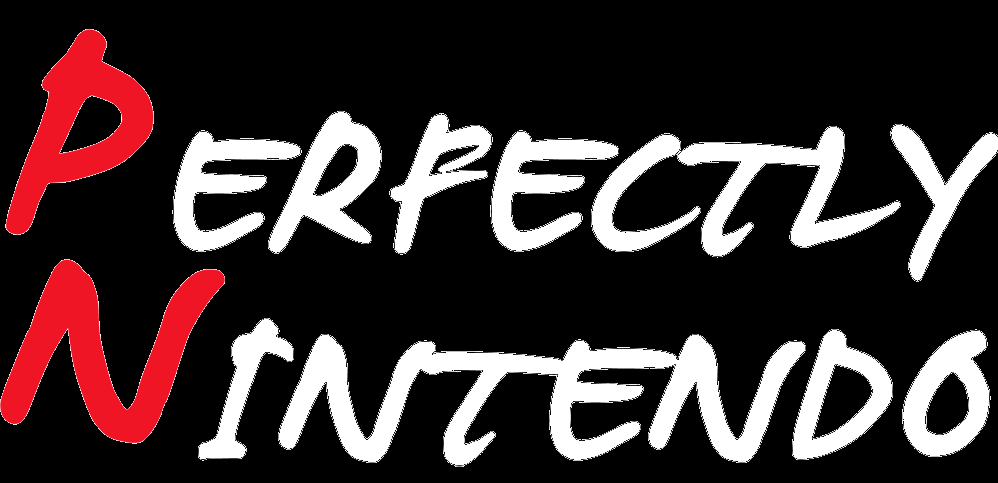Mario Tennis: Ultra Smash – Famitsu interview (characters, GamePad, HD development)
 Last week, Mario Tennis: Ultra Smash was featured in Famitsu magazine, with an interview of the developers:
Last week, Mario Tennis: Ultra Smash was featured in Famitsu magazine, with an interview of the developers:
- Hiroyuki Takahashi (Producer, Camelot)
- Shugo Takahashi (Director, Producer, Camelot)
- Toshiharu Izuno (Producer, Nintendo)
Since the game received a pretty tepid reception in Europe and North America, this interview is pretty interesting: it allows us to learn what the developers were trying to do with this game. A big thanks for Kantopia, who translated the interview!
First: online battles. At first, they thought that it would be impossible to have global matches, but they still managed to implement this feature.
Since pretty much everyone at Camelot is a pretty big Mario fan, the developers made sure that every single character was well polished, including the minor ones. At first, Nintendo was against having Boo as a playable character, since he would be unable to hold a racquet in his hands.
But for the developers, Boo was in fact a perfect choice for Mario Tennis: his ability to disappear really gives that character a “Mario” flavour. After all, they wanted the make a game that’s both a Mario game and a tennis game at the same time.
Balancing all the characters in a game is never easy, and Mario Tennis: Ultra Smash was no exception. Let’s take Mario for example: he has to be easy to play with, so that newcomers can play with him. But on the other hand, he shouldn’t be too strong, or players will never try to improve and learn. What’s more how could you make Mario, the star of the game, weak?
For each character, they looked at its traits, in order to keep the abilities that fit those very traits. Basically, if fans did not approve of something, then the developers also wouldn’t. Through trial and error, and after many failed attempts, they ended up getting it just right. Another issue that popped up during development is that the game features many characters, with a lot of different traits: getting the right balance certainly was no small feat.
When it came to picking up characters for the game, the developers proceeded that way:
- characters that were popular, would help sell the game, were requested by a lot of players, or appeared in previous Nintendo games, were given priority;
- for new characters, they were passed by the staff, who then deliberated.
Quite obviously, Camelot consulted Nintendo when it came to picking up characters.
As for amiibo, the developers reveal that having the player “raise” them is something that came up after consulting with Nintendo. The company wanted to have some RPG elements (which is something Camelot has experience in), but also the amiibo to play a role in internet matches. They also wanted the players to grow with their amiibo.
The GamePad is something the developers had to think carefully about, in order to find the right way to use it. They did not want to draw the player’s attention away from the TV screen (which is not something you want to do in a game like Mario Tennis, where you have to keep looking at the ball at all times), so they decided to implement a “reverse court view”.
That way, players can always have the view they’re more comfortable with, even if they have to switch. Nintendo helped them with that feature: a demo was made in about 3-4 months, in order to get some feedback and see how players would react (and what they would prefer).
Mario Tennis: Ultra Smash was Camelot’s first HD title, and so the team was pretty anxious at first (and more precisely about the manpower and experience required for HD development). In fact, the giant characters (with the Mega Battles) were implemented as some sort of test.
Another thing the developers tried to do with Mario Tennis: Ultra Smash was to make it as accessible as possible (just like the original). It’s for this reason that elements such as the Giant Goombas, Jump Shots and Chance Shots can be disabled. That way, players can enjoy “simple” rallies, just like in Mario Tennis 64. In fact, going back to the “spirit of Mario Tennis” was actually one of the developers’ goals for this game.
But “simple” rallies does not necessarily mean lack of strategy: the strategic elements come from making the players think about how enemies will the ball. Nintendo suggested additions such as the Jump Shots (and jumping is most definitely a very Mario-like element!).
As for Mega Battles (which were Camelot’s idea, not Nintendo’s), the developers were concerned about how they would work, and what impact they would have on basic actions (such as hitting the ball). But their concerns were unfounded, and they were able to implement them without any real trouble.
Source: Famitsu
Translation by: Kantopia




